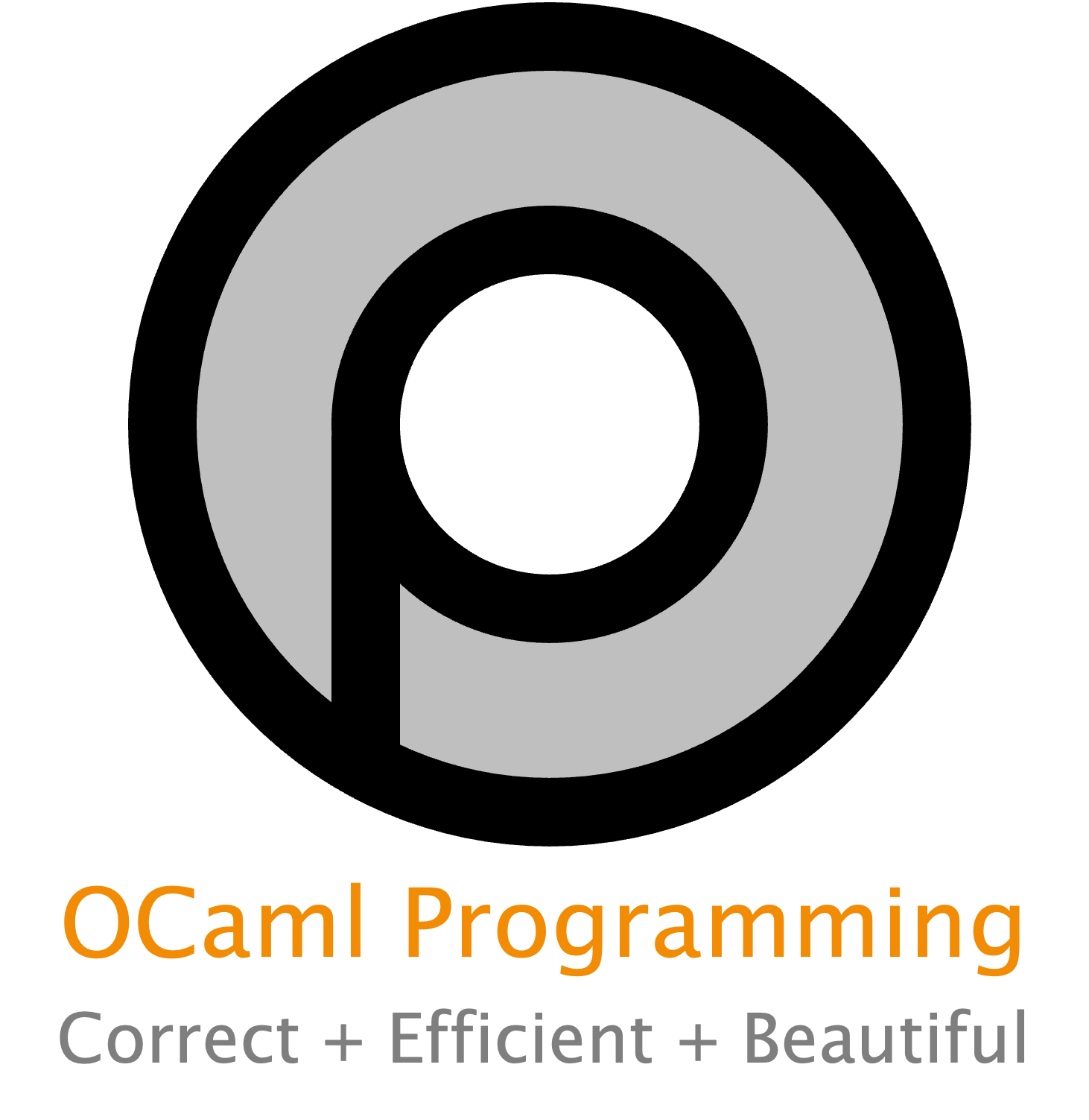5.10. Summary#
The OCaml module system provides mechanisms for modularity that provide the similar capabilities as mechanisms you will have seen in other languages. But seeing those mechanisms appear in different ways is hopefully helping you understand them better. OCaml abstract types and signatures, for example, provide a mechanism for abstraction that resembles Java visibility modifiers and interfaces. Seeing the same idea embodied in two different languages, but expressed in rather different ways, will hopefully help you recognize that idea when you encounter it in other languages in the future.
Moreover, the idea that a type could be abstract is a foundational notion in
programming language design. The OCaml module system makes that idea brutally
apparent. Other languages like Java obscure it a bit by coupling it together
with many other features all at once. There’s a sense in which every Java class
implicitly defines an abstract type (actually, four abstract types that are
related by subtyping, one for each visibility modifier [public, protected,
private, and default]), and all the methods of the class are functions on
that abstract type.
Functors are an advanced language feature in OCaml that might seem mysterious at first. If so, keep in mind: they’re really just a kind of function that takes a structure as input and returns a structure as output. The reason they don’t behave quite like normal OCaml functions is that structures are not first-class values in OCaml: you can’t write regular functions that take a structure as input or return a structure as output. But functors can do just that.
Functors and includes enable code reuse. The kinds of code reuse that object-oriented features enable can also be achieved with functors and include. That’s not to say that functors and includes are exactly equivalent to those object-oriented features: some kinds of code reuse might be easier to achieve with one set of features than the other.
One way to think about this might be that class extension is a very limited, but very useful, combination of functors and includes. Extending a class is like writing a functor that takes the base class as input, includes it, then adds new functions. But functors provide more general capability than class extension, because they can compute arbitrary functions of their input structure, rather than being limited to just certain kinds of extension.
Perhaps the most important idea to get out of studying the OCaml module system is an appreciation for the aspects of modularity that transcend any given language: namespaces, abstraction, and code reuse. Having seen those ideas in a couple very different languages, you’re equipped to recognize them more clearly in the next language you learn.
5.10.1. Terms and Concepts#
abstract type
abstraction
client
code reuse
compilation unit
declaration
definition
encapsulation
ephemeral data structure
functional data structure
functor
implementation
implementer
include
information hiding
interface
local reasoning
maintainability
maps
modular programming
modularity
module
module type
namespace
open
parameterized structure
persistent data structure
representation type
scope
sealed
set representations
sharing constraints
signature
signature matching
specification
structure
5.10.2. Further Reading#
Introduction to Objective Caml, chapters 11, 12, and 13
OCaml from the Very Beginning, chapter 16
Real World OCaml, chapters 4, 9, and 10
Purely Functional Data Structures, chapters 1 and 2, by Chris Okasaki.
“Design Considerations for ML-Style Module Systems” by Robert Harper and Benjamin C. Pierce, chapter 8 of Advanced Topics in Types and Programming Languages, ed. Benjamin C. Pierce, MIT Press, 2005. An advanced treatment of the static semantics of modules.
